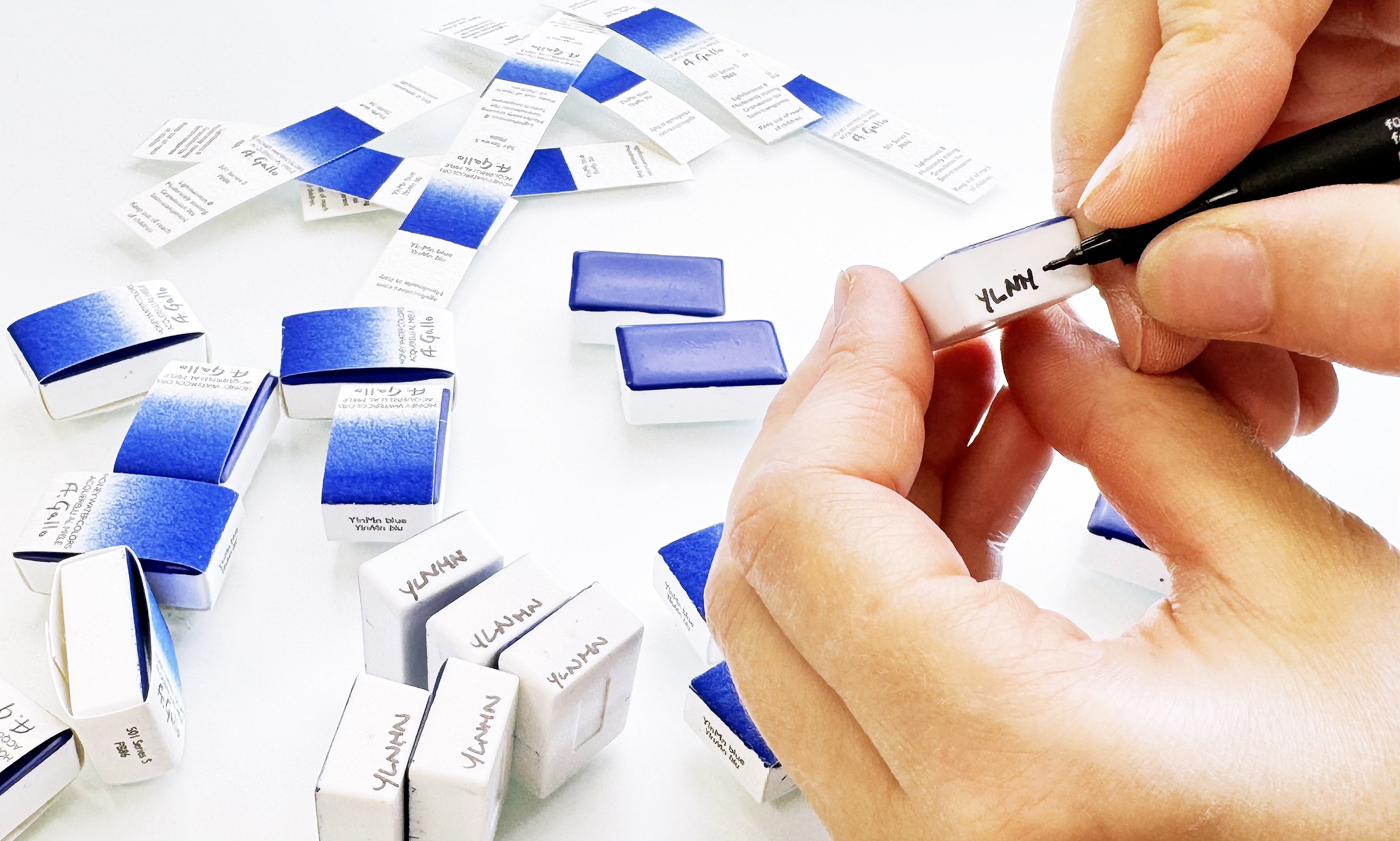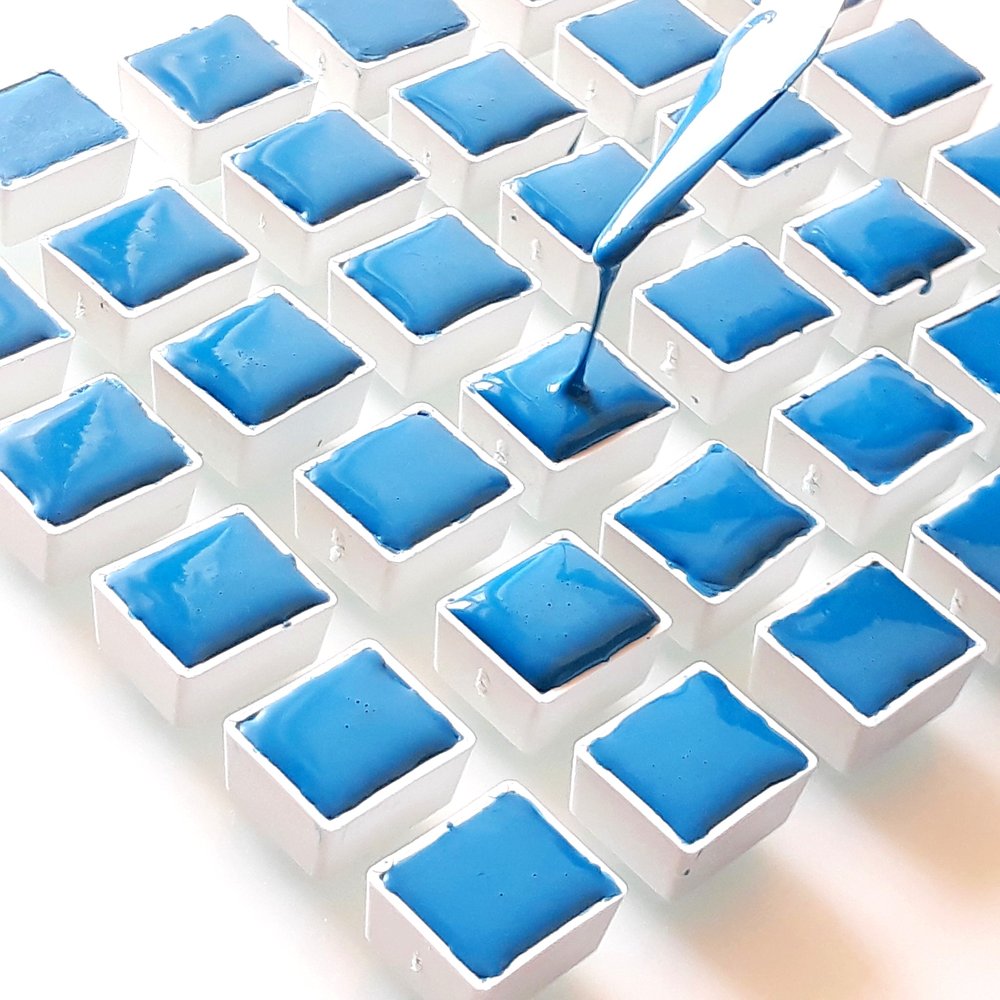Handmade
AN ARTISAN RECIPE
Our watercolors are crafted according to a traditional recipe of raw pigments, gum arabic, local honey and rosemary essential oil and mulled by hand on a glass slab. Honey is added to help the paints retain water and increase their longevity.
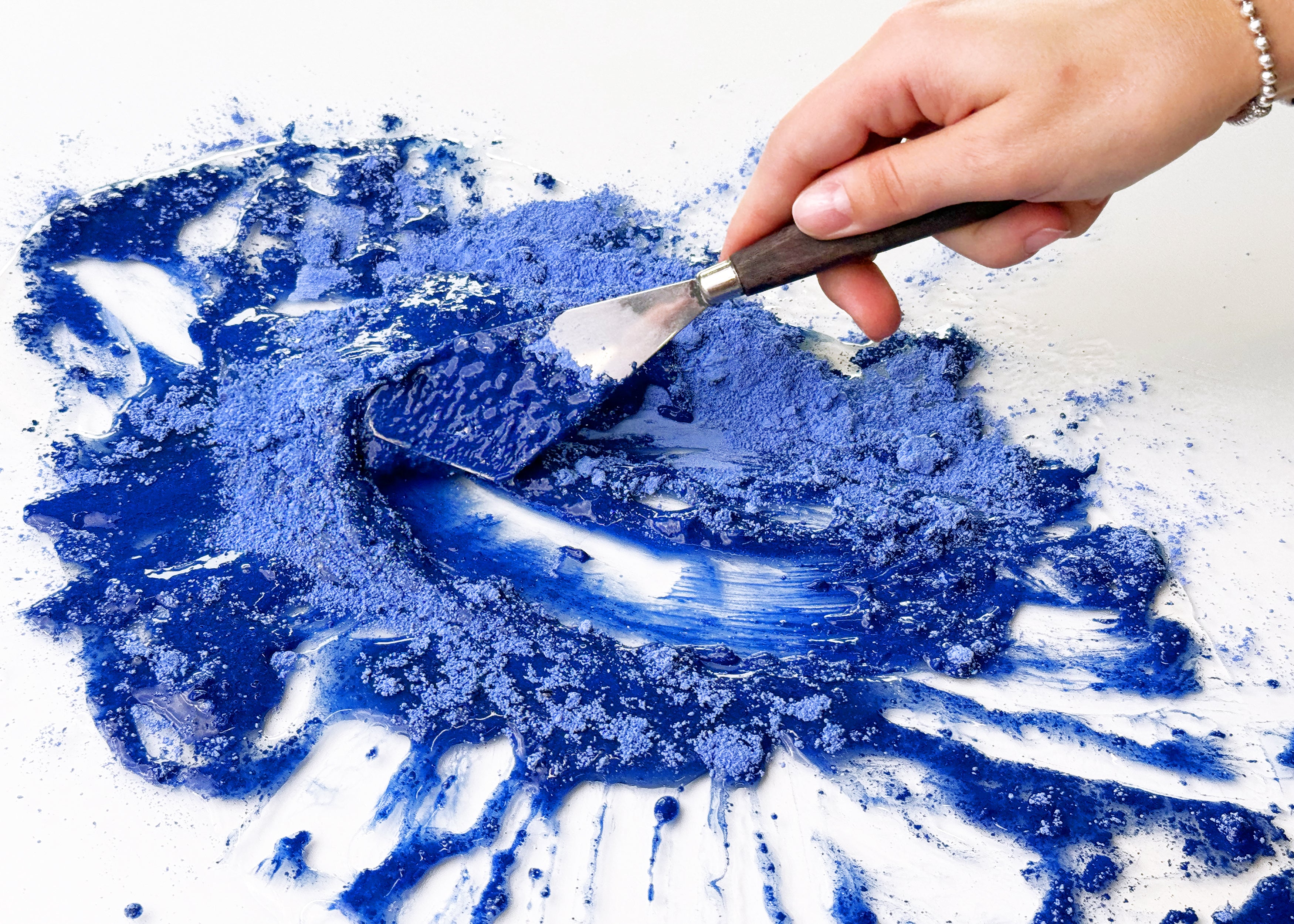
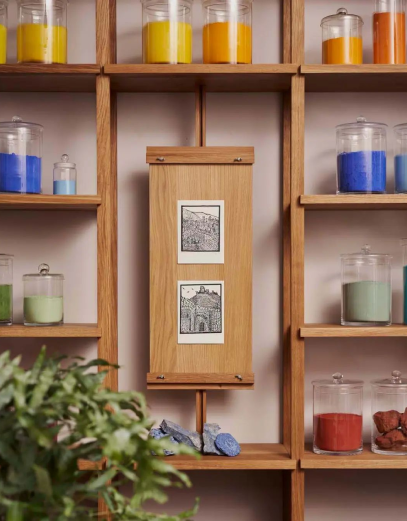
MAKING PAINT STARTS WITH A BINDER
While vibrant pigments have the most obvious role in our watercolors, the medium or "binder" that suspends the paint is absolutely fundamental. Our binder is made from pure lumps of Kordafan gum arabic from the Acacia senegal tree. The raw gum crystals are dissolved in distilled water for 24-36 hours and then filtered by hand 2-3 times to remove any plant matter and impurities. The gum arabic solution is then mixed with a percentage of glycerin, a plasticizer, which prevents the cracking and chipping of dry paint. Honey is added as a humectant, and rosemary essential oil is also added for its natural antifungal property.
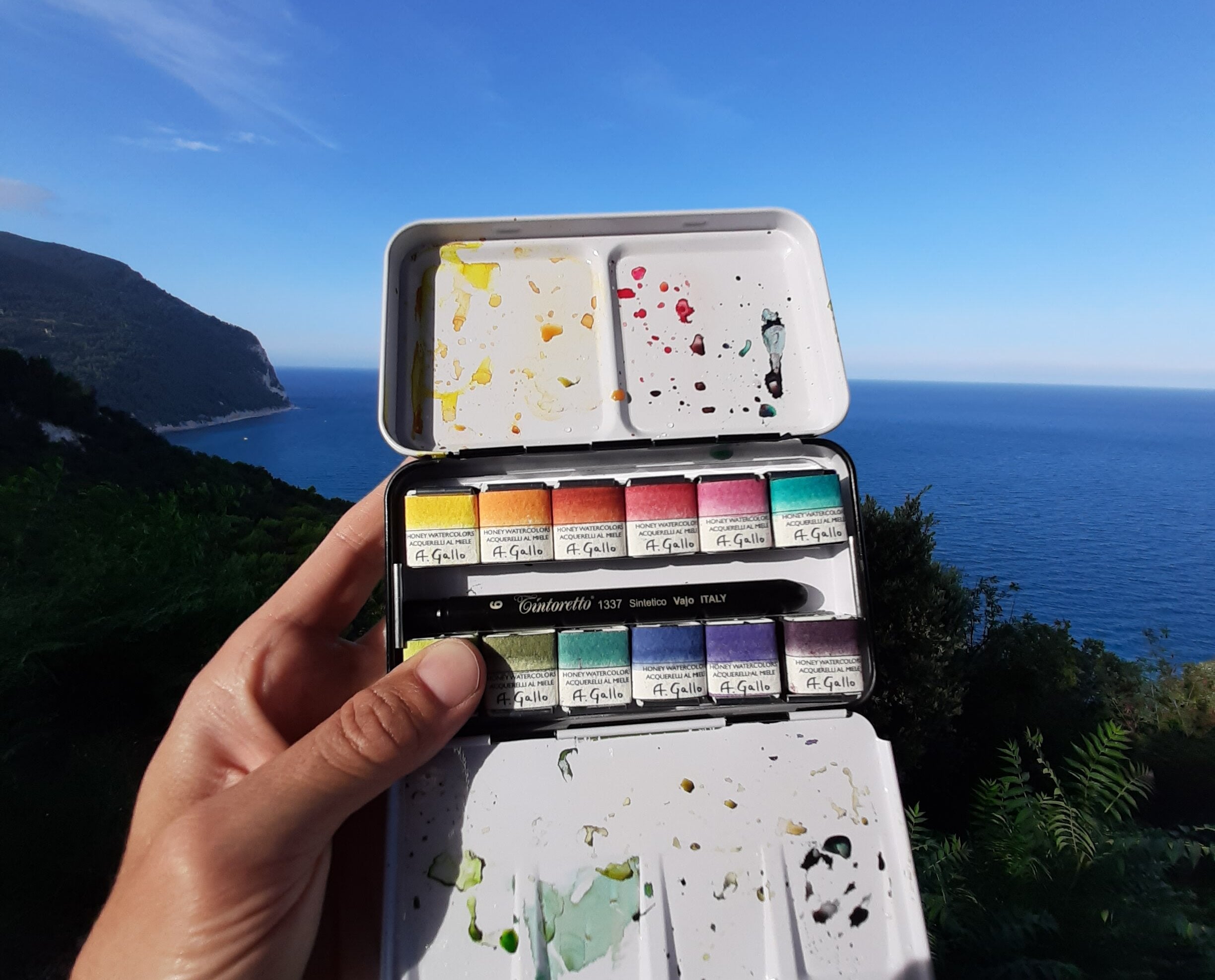
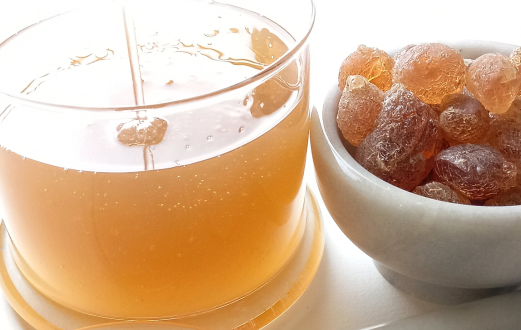
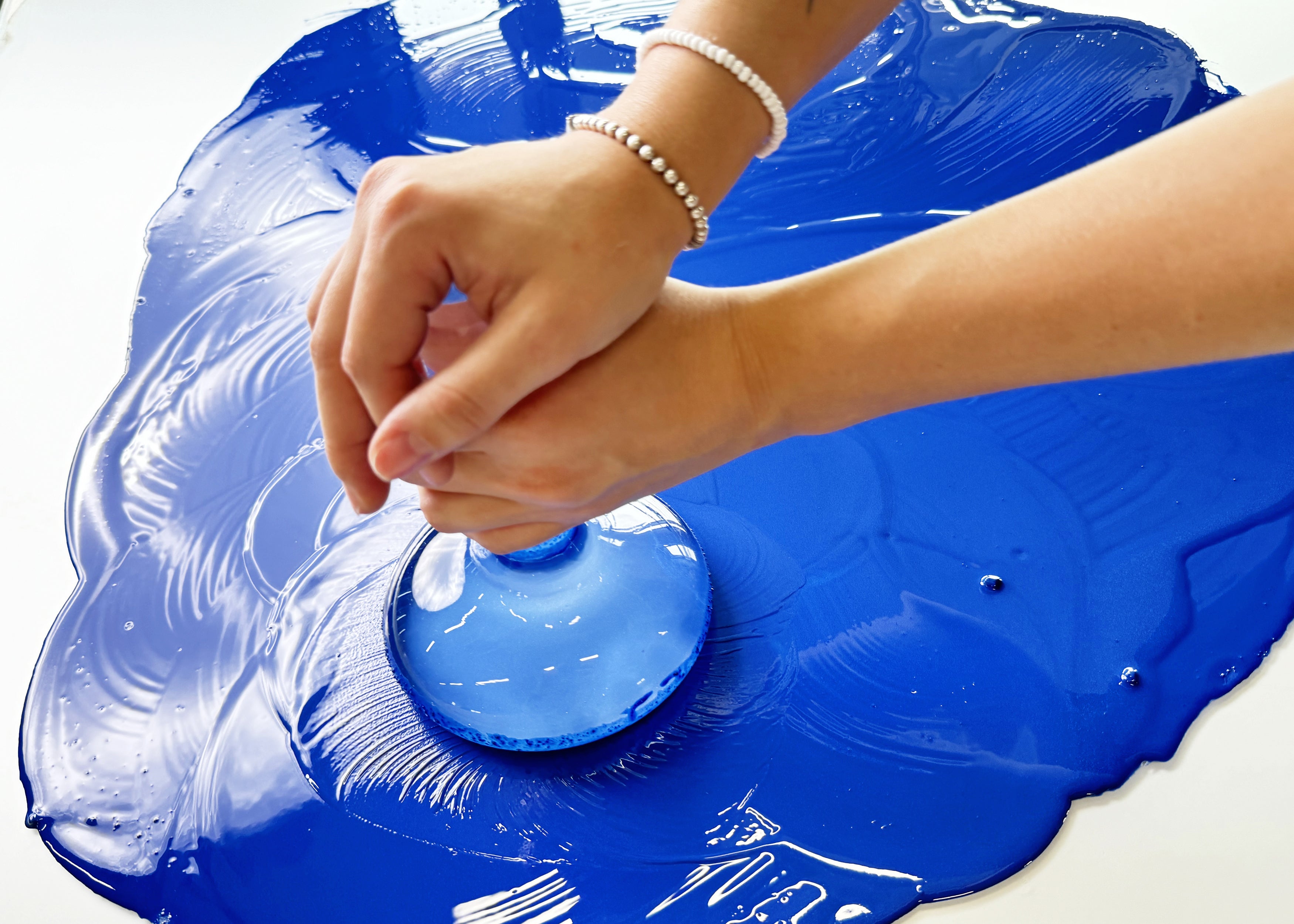
MULLING THE PAINT
Pigment particles are dispersed through milling in the transparent binder. First, the two are combined using a palette knife. A dispersant, or wetting agent, helps facilitate in the mixing of the pigment and water based binder. This stage of the process is particularly important (and laborious) for the finely divided or water repelling pigments.
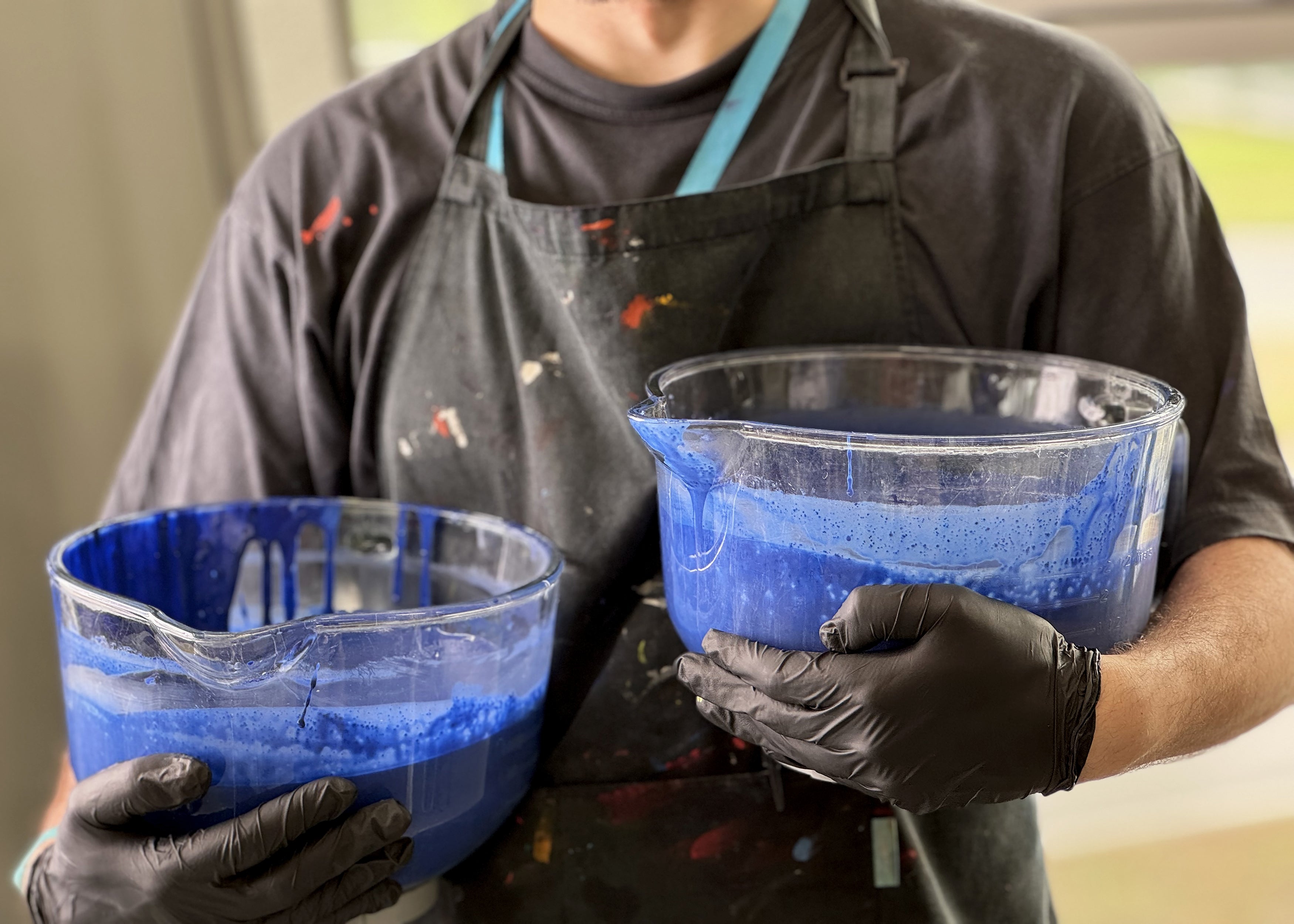
POURING THE PANS
Once mulled, the paint is transferred from the glass slab into a jar to rest,
insuring that the pigment is stabilized with the binder. Then, unlike
commercially "extruded" paints, it is poured by hand into the pans which
are refilled several times as they dry over the course of 4-5 weeks.
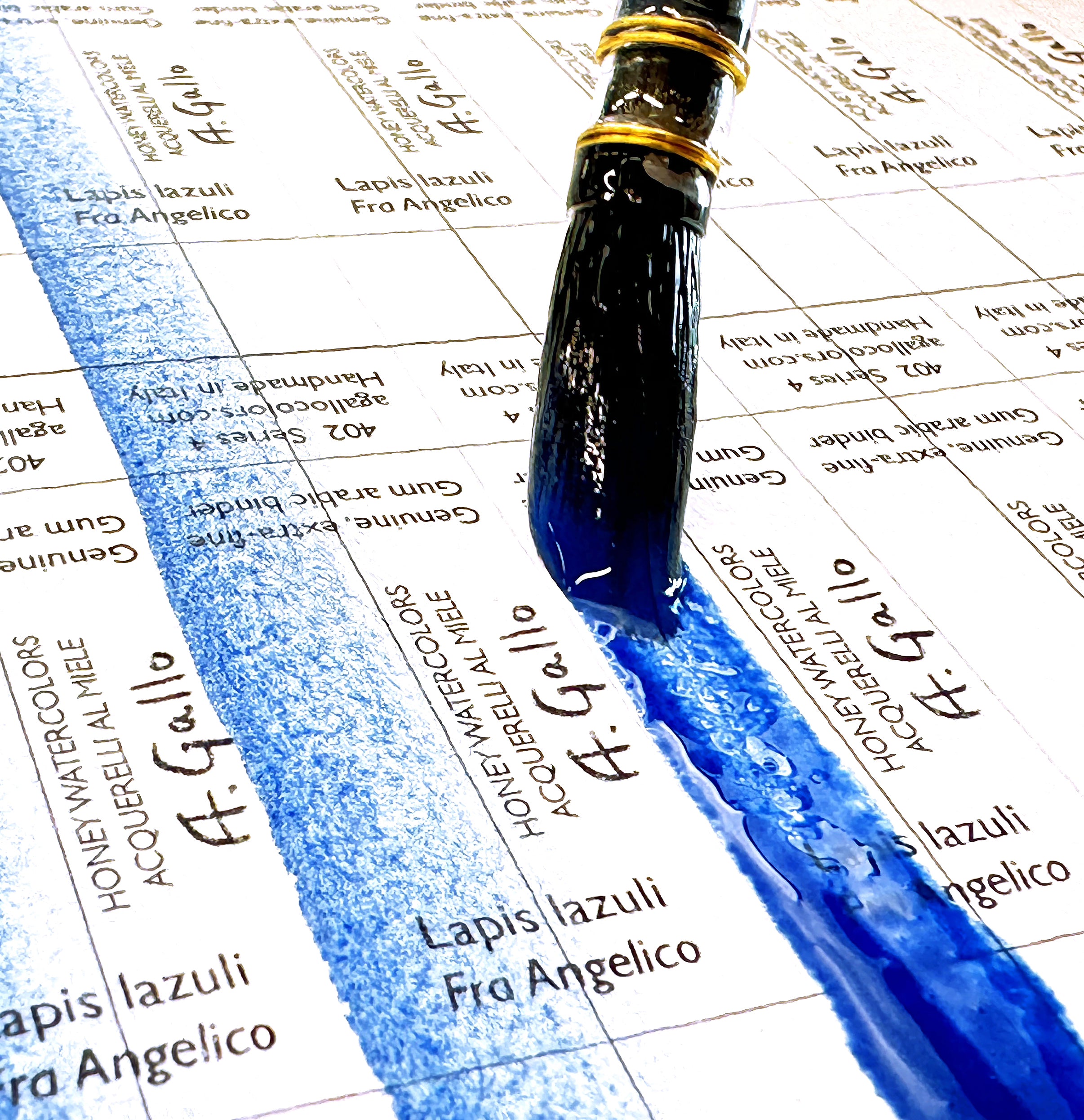
REFINEMENT AND QUALITY CONTROL
Every pan is checked and cleaned by hand. Once cured to perfection, our team removes any drips and makes sure that each pan is free of blemishes and brimming to the top with highly concentrated paint. Our labels are printed on Fabriano watercolor paper and painted by hand. Every pan gets a hand written code and is finally wrapped manually.
